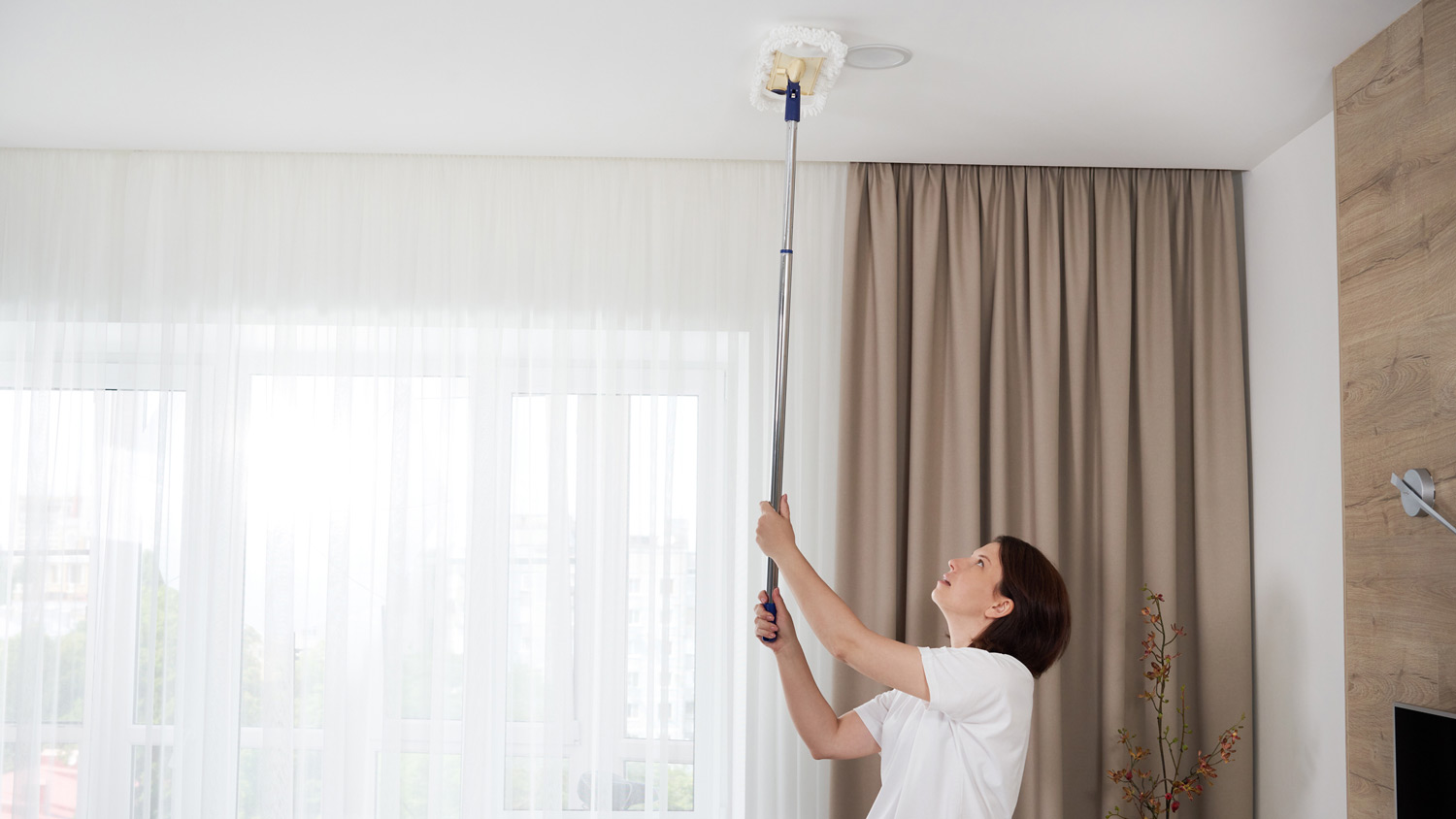
Discover the average acoustic ceiling cleaning cost, what affects pricing, and how to save. Get expert tips to budget for your acoustic ceiling cleaning project.
Because you can’t shut the door and ignore the mess forever


It’s time to clean up the mess in the oven from the overfilled cupcake tin that bubbled over (or the casserole, depending on your savory or sweet preference). While you’re scooping up batter, it’s also a good time to finally get around to cleaning the inside of your gas oven.
Even if you’ve been putting off this task, once you learn how to clean a gas oven, you’ll realize it may not take as much time or elbow grease as you thought.
Cleaning a gas oven is important, but it isn’t just about hygiene or looks—it also improves home safety. The baked-on mess on the bottom of the oven is actually a fire hazard. In case you need more incentive, maintaining your oven and removing any crusty dinner leftovers from the oven also increases cooking efficiency. That means you’ll save time and money each time you bake.
The cost to clean a gas oven is minimal. You might already have a box of baking soda and a bottle of vinegar; if not, you can pick them up on your next grocery run for about $5. After that, you just need time and a rag or brush that you don’t mind getting grimy.
How often you clean your gas oven will depend on your cooking habits. Most people will need to clean their ovens one to three times a year. You’ll know it’s time if:
You remember dropping a frozen pizza on the bottom of your oven, or you can see grease or remnants of meals past.
There’s smoke coming from your oven. You might notice smoke when you open the door, or sometimes it vents out from a burner on the stovetop.
Your food doesn’t come out tasting so good. It might be absorbing odors from whatever is lingering in your oven.
It’s taking longer than usual to preheat the oven.
You couldn’t say when you last cleaned the oven.
Plan ahead when it’s time to clean the gas oven because the task will put your oven out of commission for a good 36 hours. You might want to make it PB&J night or take yourself out to dinner.

Before cleaning a gas oven, make sure the oven is off and cool. Take it a step further and turn off the gas if you can. Then remove the oven racks. Set aside for now.
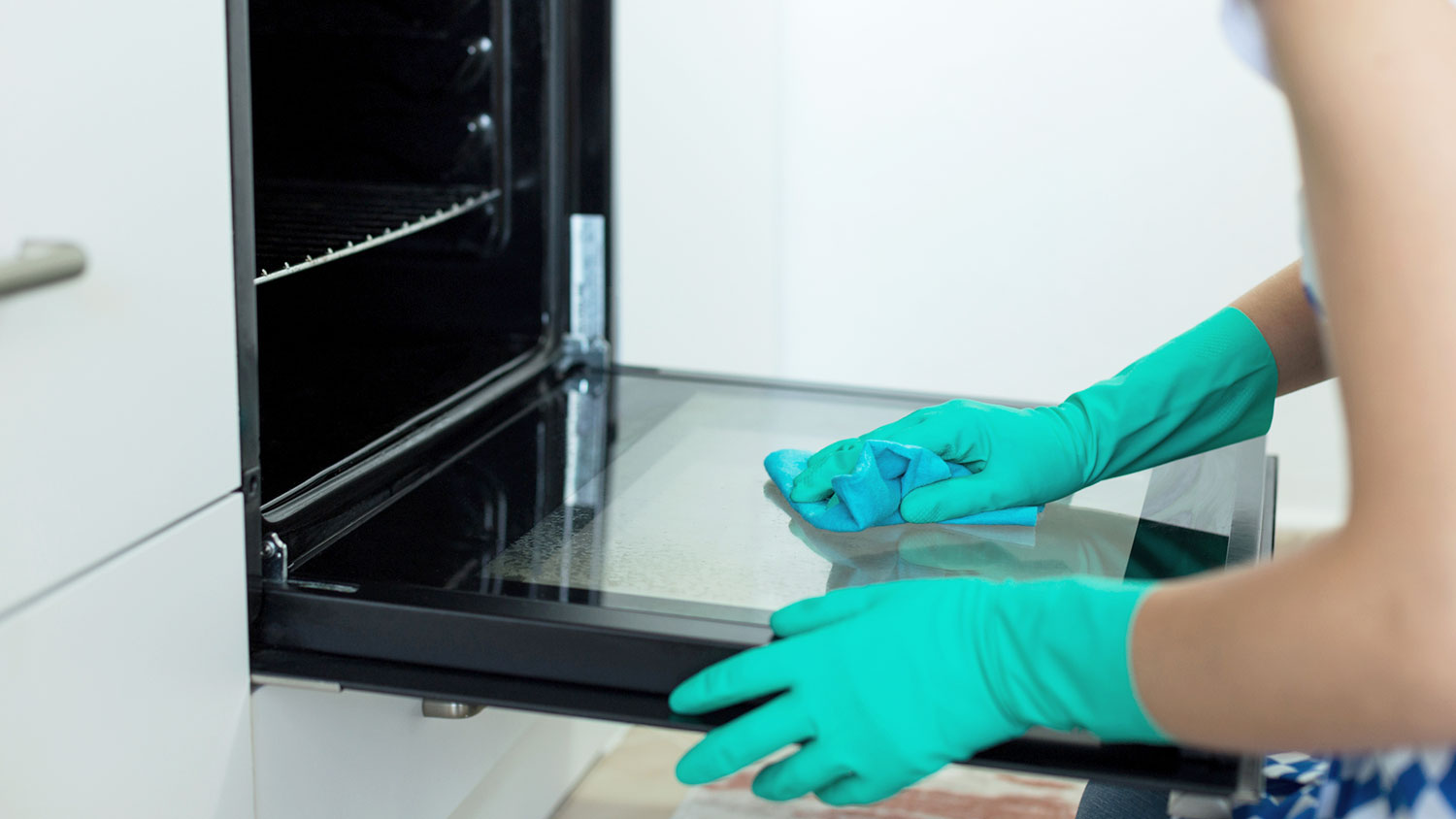
Using a damp paper towel or cloth, remove any debris from the oven. You can also use a scraper at this point to loosen up baked-on cheese or cherry pie filling.
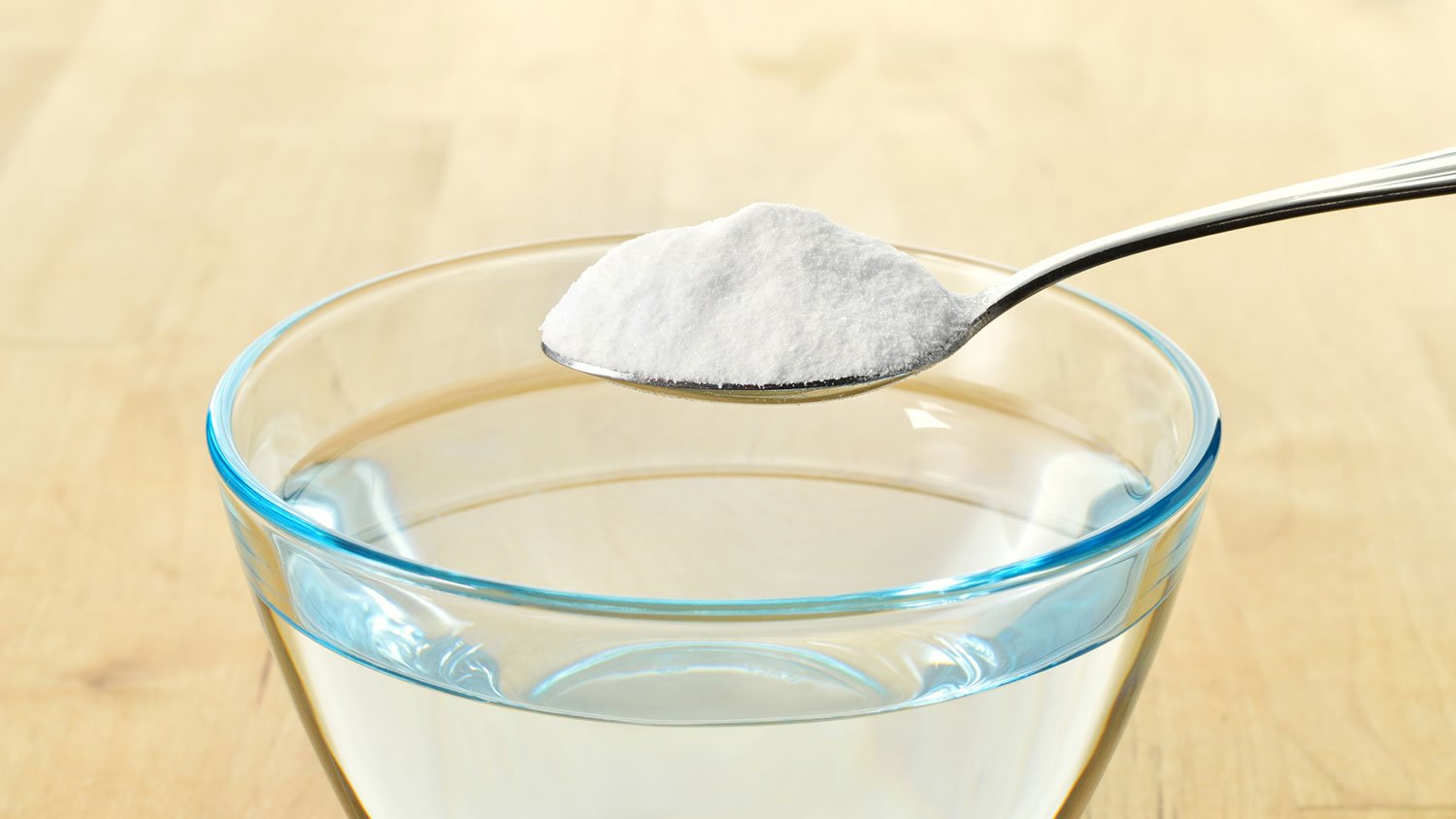
Combine 4 tablespoons of baking soda with enough water to make a mixture with a paste-like texture. Spread the mixture over the inside of the oven, making more baking soda mixture if needed. Then close the oven door and walk away for at least 12 hours.
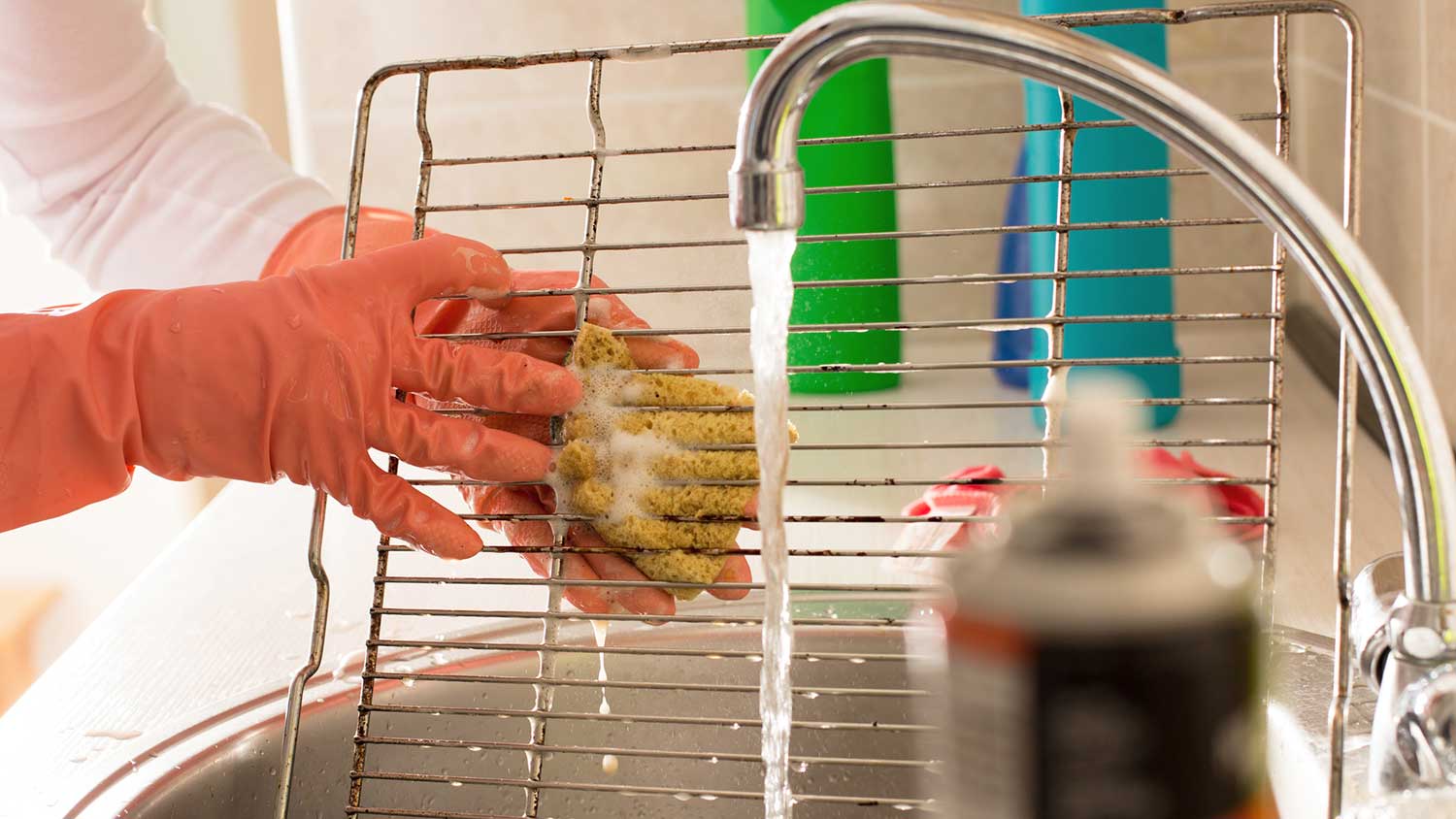
While the baking soda is doing the heavy work breaking up the goo in the oven, you can clean the oven racks. If your kitchen sink is big enough, you can do it there, but you might prefer to take it outside or to the bathtub.
Your regular dishwashing liquid or a canned powder cleaner will break up any baked-on grease. Use a scrubbing sponge to remove any grime. Rinse them off and let them dry.
After a good night’s sleep, go back and see what happened in your oven. If you see dirty black stuff, congratulations! You did it right. It should be a powdery texture, and fairly easy to sweep most of it out of the oven and into a dustpan. Then wipe the walls and bottom of the oven with a damp cloth or a vinegar-soaked cloth and wait until it dries to roast your next meal.
If your oven has a self-cleaning feature, you may still choose to follow the steps above for a thorough clean. However, you can also employ the oven’s self-cleaning feature if you’d like.
Different types of self-cleaning ovens have different methods, so it’s best to read your oven’s manual to find the specific steps. Here are a few examples of how it may work, though:
Some self-cleaning ovens have a spot at the bottom for you to pour a cup or so of water. From there, you’ll select the oven cleaning feature, and the oven will boil the water, steam cleaning the inside of your appliance so you can wipe away any debris more easily.
Other self-cleaning ovens will prompt you to remove all racks and close and lock the oven door tightly. Then, you’ll select the self-cleaning feature, which will heat up the oven, burning off any grime in your oven. You can wipe away any ash with a damp cloth. If you’re going with this method, be sure to clean any excessive messes as best you can, or you may have to deal with smoke.
Cooking with care is the easiest way to prevent a dirty oven.
Don’t overfill pans. Remember that bread, cakes, and cookies expand, so use another pan if needed.
Protect against potential spill-overs. Slide a baking sheet under your pie pan when making dishes like chicken pot pie or pumpkin pie.
Cook your frozen pizzas on a pan rather than directly on the rack to prevent cheese run-off.
Just don’t line the bottom of the oven with foil. It can block vents and ruin your dinner and your oven.

Cleaning your gas oven is an easy task you can do on your own. It just takes your time and a few dollars of supplies. If you’d like to hire local house cleaning pros, ask for a deep house cleaning and confirm they will include oven cleaning.
From average costs to expert advice, get all the answers you need to get your job done.

Discover the average acoustic ceiling cleaning cost, what affects pricing, and how to save. Get expert tips to budget for your acoustic ceiling cleaning project.
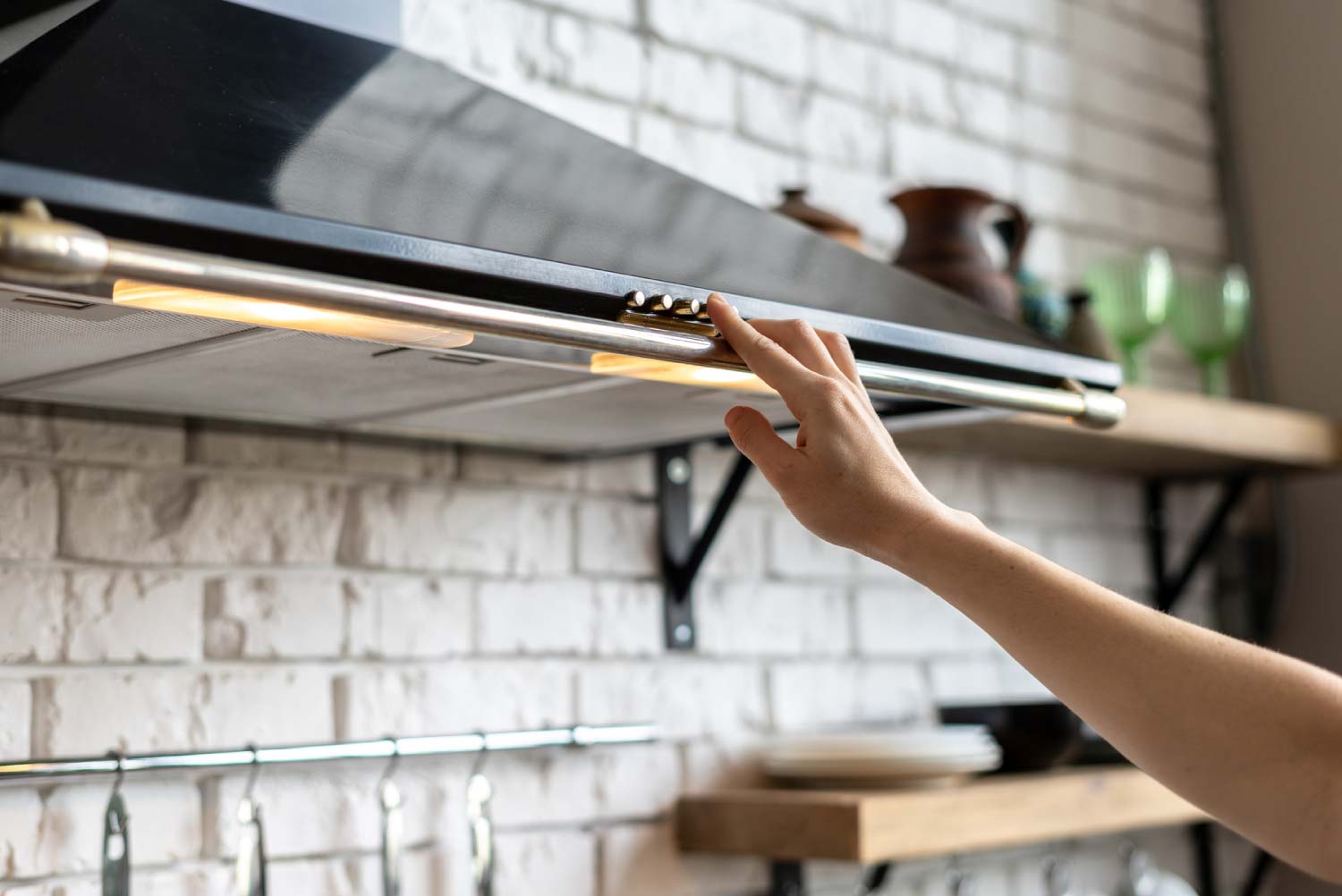
Discover the average kitchen hood cleaning cost, what impacts pricing, and how to budget for this essential maintenance. Get tips to save and keep your kitchen safe.

Tile and grout cleaning brings your tiled rooms back to life. In this guide, find out the details of how much it costs to hire tile and grout cleaners.

Need to bring in professional help to clean your home? Use this list of questions to ask a house cleaner to make sure you hire the best one for the job.

Sometimes, your cat might have an accident on your new rug or living room sofa. Find out how to get rid of cat pee smell from anywhere around the house.

Learn how often you should vacuum your flooring to extend its longevity and reduce the number of contaminants and allergens you’re exposed to.